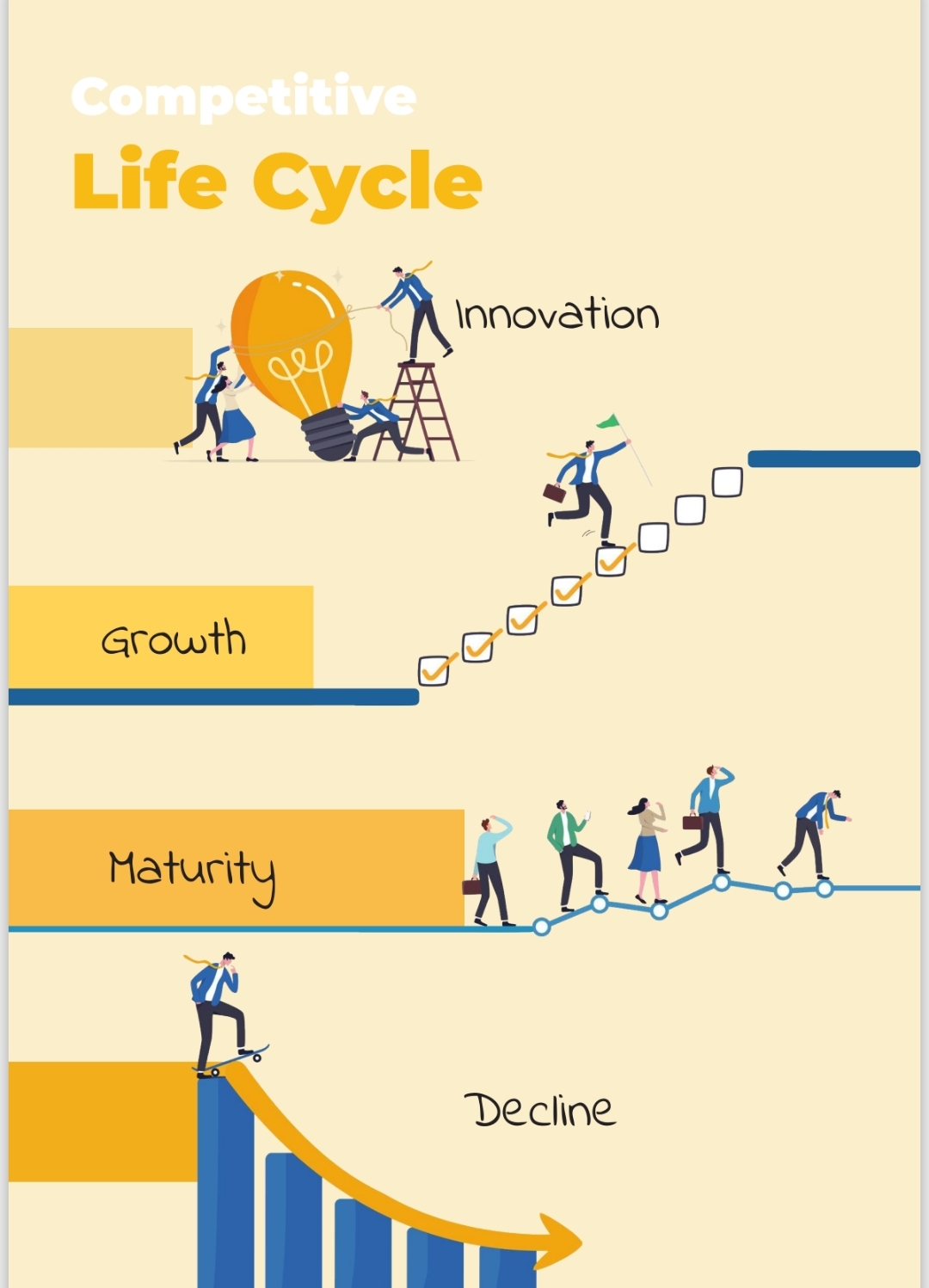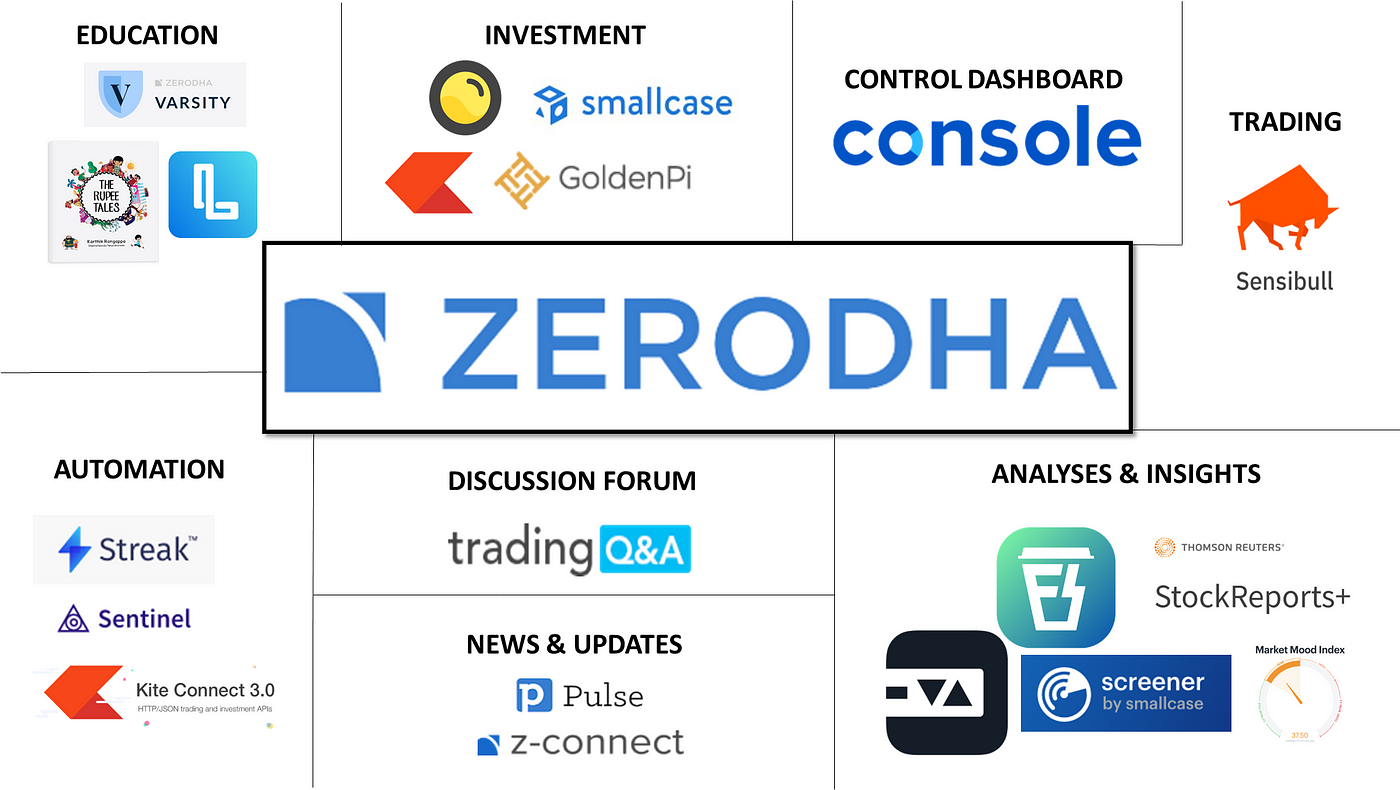Back
SHIV DIXIT
CHAIRMAN - BITEX IND... • 1y
📖 DAILY BOOK SUMMARIES 📖 🚀 12 Lessons from 👉 🔥 The Innovator’s Dilemma 🔥 ✨ By Clayton Christensen 💯 1. Disruptive Innovation vs. Sustaining Innovation • Disruptive Innovation: New technologies that start in niche markets but eventually disrupt established markets (e.g., personal computers vs. mainframes) • Sustaining Innovation: Improvements to existing products that help companies maintain their market position. 2. Why Great Companies Fail • Established companies focus on sustaining innovations to satisfy current customers and maximize profits, leading them to overlook disruptive technologies. • They often ignore small, emerging markets where disruptive innovations begin because they don’t seem profitable at first. 3. The Innovator’s Dilemma • Companies face a dilemma: Should they continue focusing on current customers and sustaining technologies, or invest in new, unproven disruptive innovations • The risk is that by ignoring disruptive innovations, they might lose their market leadership when those innovations eventually take over. 4. Value Networks • Companies operate within “value networks,” where they interact with suppliers, customers, and competitors. • Disruptive innovations often create new value networks, challenging the existing ones. 5. Market Entrants and Established Firms • New market entrants are more likely to embrace disruptive innovations because they have less to lose and can target underserved or new markets • Established firms are constrained by their existing customer base and revenue expectations, making it hard for them to shift to disruptive technologies. 6. The Importance of Flexibility • Successful companies must be flexible and willing to experiment with new business models and technologies, even if it threatens their current operations. • Creating separate divisions or spin-offs to focus on disruptive technologies can help mitigate the risk. 7. Listening to Customers • While customer feedback is crucial, it can lead companies to focus too much on existing demands and miss out on emerging trends that customers aren’t aware of yet. 8. Small Markets and Growth • Disruptive innovations often start in small markets that are unattractive to large firms. • However, these small markets can grow rapidly, eventually surpassing the size of the established markets. 9. Management of Disruptive Innovations • Companies should approach disruptive innovations with different management strategies than those used for sustaining innovations. 10. Case Studies • Christensen uses historical examples, like the transition from mainframes to personal computers, to illustrate how disruptive innovations unfold and challenge established industries. 🔗 For downloading this eBOOK for free , you can check comment section and read another 2 points 🔗

Replies (7)
More like this
Recommendations from Medial
Mehul Fanawala
•
The Clueless Company • 1y
Did you know? 70% of SaaS sales come from EXISTING customers, not new ones. So while you're chasing new leads, don't forget: 1. Deliver VALUE consistently: Happy customers become loyal customers. 2. Leverage feedback: Improve your product bas
See MoreThakur Ambuj Singh
Entrepreneur & Creat... • 9m
🚀 Competitive Life Cycle 🔬 Innovation – The stage where new ideas, products, or services are developed. Teams brainstorm, experiment and bring something unique to the market. 📈 Growth – Demand increases and businesses expand. Scaling up operatio
See More
Mehul Fanawala
•
The Clueless Company • 1y
Most SaaS companies spend 90% of their resources trying to acquire new customers, but only 10% on retaining them. Surprising, right? 🚀 → Your most valuable sales reps are your current satisfied customers. → Retention boosts profitability by 25-95%
See MoreTushar Aher Patil
Trying to do better • 1y
Day 4 About Basic Finance Concepts Here's Some New Concepts Financial Markets and Institutions Stock Markets: Where shares of publicly traded companies are bought and sold (e.g., New York Stock Exchange) Bond Markets: Markets where debt securitie
See More
Download the medial app to read full posts, comements and news.




































